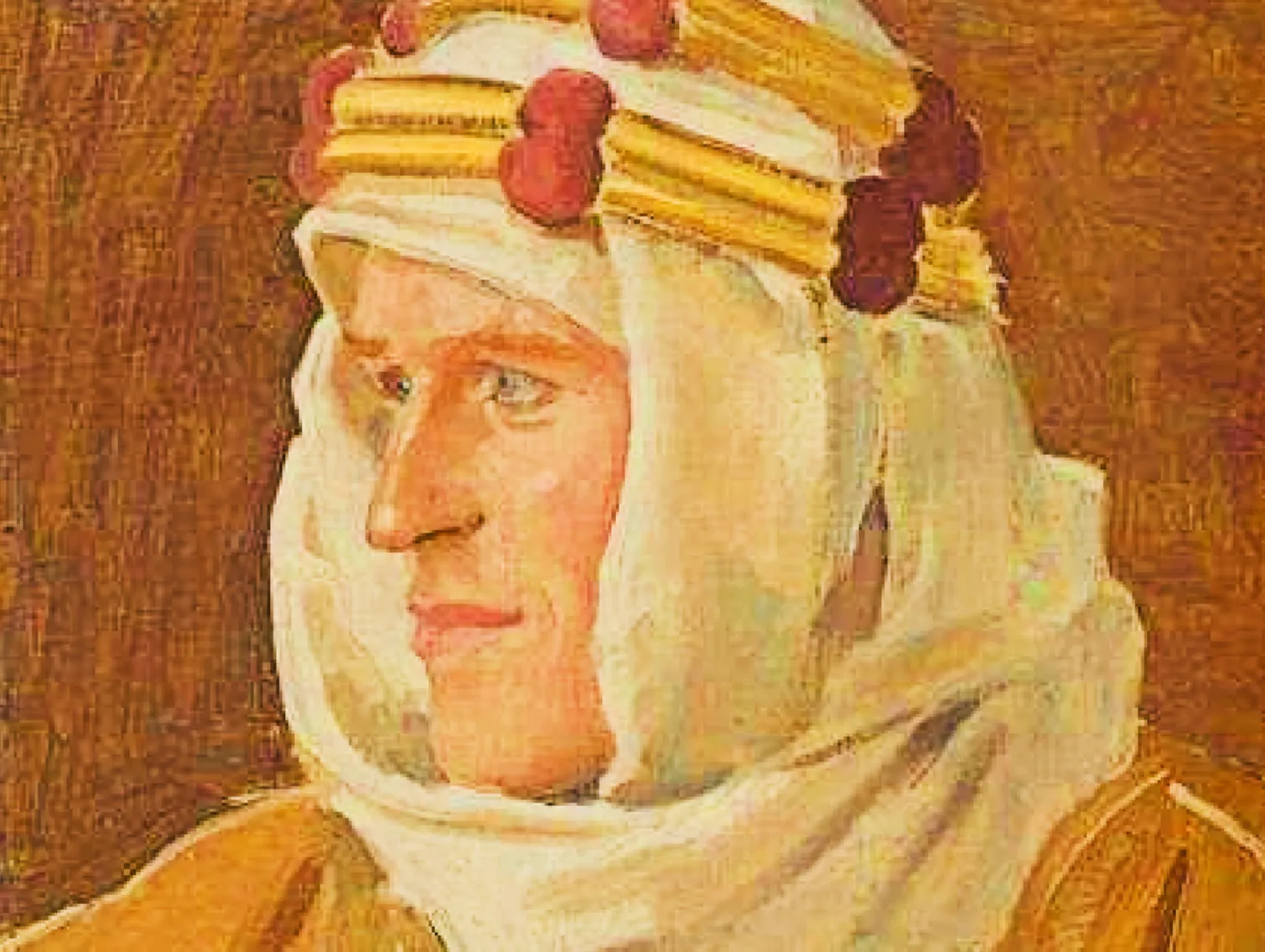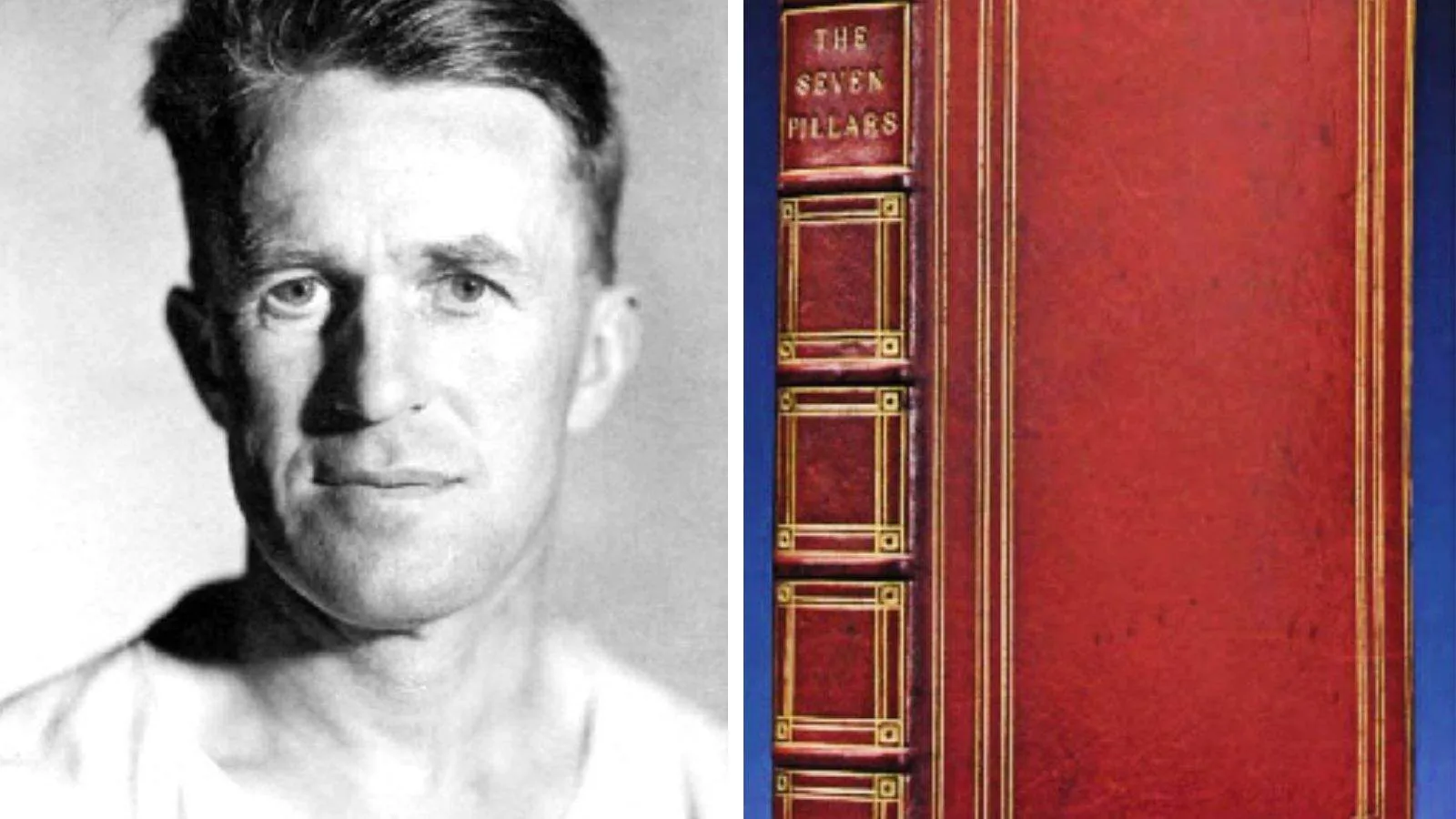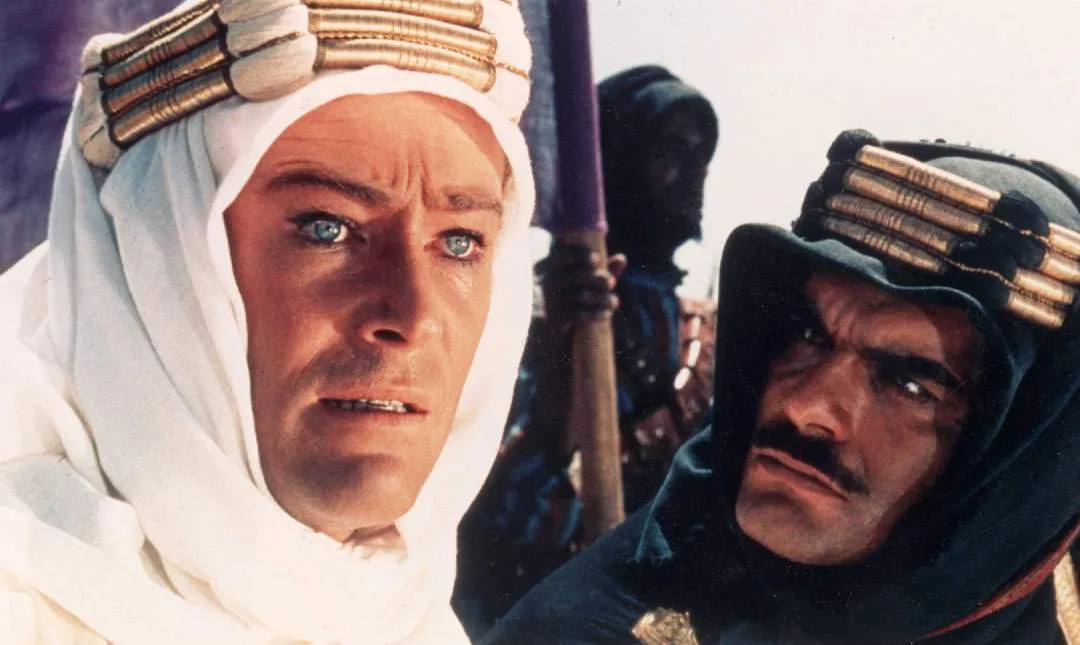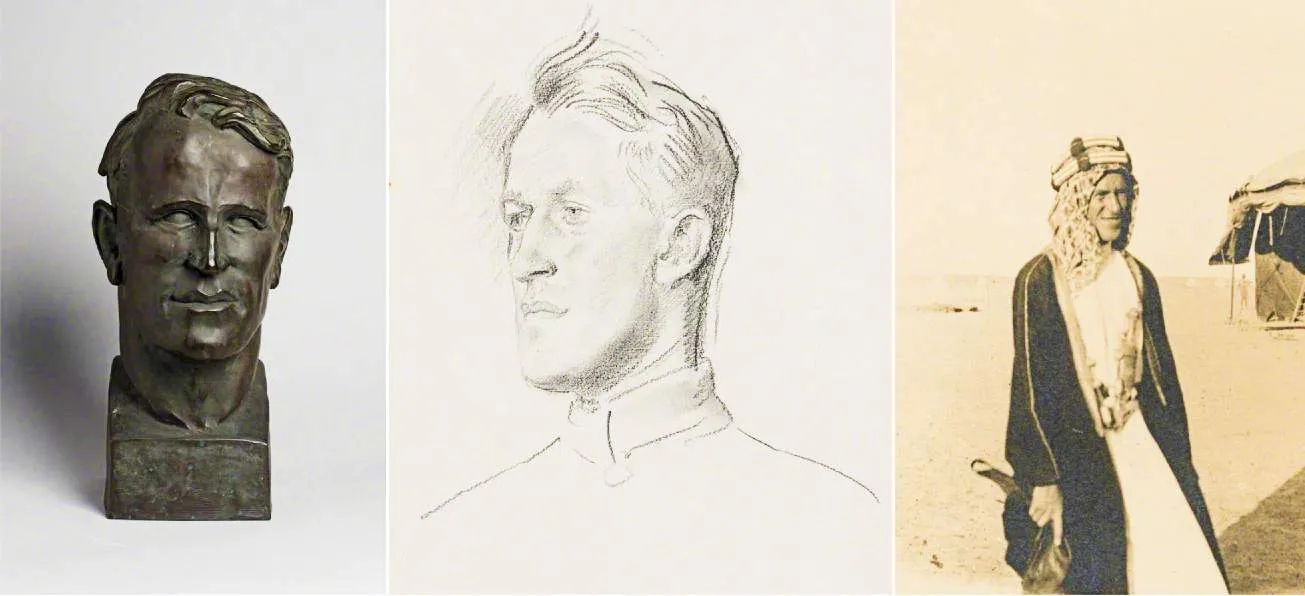Lawrence of Arabia: Seven Secrets of the Seven Pillars of Wisdom
Known to the world as Lawrence of Arabia, WWI British Army Colonel Thomas Edward (T. E.) Lawrence was an intelligence officer renowned for his memoir Seven Pillars of Wisdom and for his role in the Arab Revolt and the Sinai and Palestine Campaign against the Ottoman Empire during WWI.
Lawrence’s autobiographical book is one of the most enduring memoirs of all time, gaining new resonance with each generation. It also forms the basis of David Lean’s classic film Lawrence of Arabia (1962), named after the young Englishman.
Lawrence was an archeologist who joined British military intelligence in Cairo on the outbreak of WWI. He established strong ties with the Arab leader, Sherif Husein of Mecca, according to Britain’s National Archive. As an adviser to Husein's son Feisal, Lawrence helped to organize the Arab revolt against the Turks starting in June 1915, which played an important part in the eventual Allied triumph on the Palestine front.
The circumstances surrounding the publication of Seven Pillars are equally compelling and dramatic. Lawrence, born in Wales in 1888, was a complex individual determined to record his wartime events - sometimes minimizing his role and at other times exaggerating it - but what was fact and what was fiction? It is one of the many enduring mysteries of T. E. Lawrence, prompting SPYSCAPE to dig up seven secrets of the Seven Pillars.

"The brand new social experience where you activate your gaming skills as you train like a spy."
- TimeOut
Take on thrilling, high-energy espionage challenges across different game zones.

1. Who is S.A.?
Lawrence’s Seven Pillars begins with a poem, a dedication to the mysterious ‘S.A’:
I loved you, so I drew these tides of
Men into my hands
And wrote my will across the
Sky and stars
To earn you freedom, the seven
Pillared worthy house,
That your eyes might be
Shining for me
When we came
Lawrence never revealed the identity of S.A. He may have been referring to the Arab nation as a whole although one of the more popular ideas is that S.A. represents his companion Selim ‘Dahoum’ Ahmed, who Lawrence met in 1911. Dahoum worked as a waterboy at an archaeological dig at Carchemish, on the modern Syria-Turkey border. Lawrence trained him as his archaeological assistant but, by 1918, Dahoum had died of typhus.

2. Was Lawrence’s original Seven Pillars manuscript really ‘lost’?
Lawrence said his first draft of Seven Pillars was left accidentally in a train station outside of London in late 1919 and that he telephoned Reading Station but the case containing the manuscript was never found. Jeremy Wilson, author of Lawrence of Arabia:The Authorized Biography of T. E. Lawrence, believes the manuscript was stolen. Others suspect it was intentionally lost because Lawrence knew he was capable of writing something better - the classic that we know today.
The second rewrite took Lawrence three months and he preferred his original work. “It was shorter, snappier, and more truthful than the present version,” Lawrence wrote to poet Frederic Manning in 1930. Lawrence was so unhappy with the second version, he burned it.
Finally, eight copies of his third draft were circulated among friends. The book was completed by 1922 and published in 1926. Lawrence’s personal copy sold at Christie's auction house in May 2001 for just under $1m.

3. What was Lawrence’s psychological state while writing?
Lawrence suffered what’s been described as a mental breakdown in the 1920s and he may not have been in a stable state of mind while writing his memoirs. As a result, historians have questioned the accuracy of Seven Pillars. Is it fact or fiction?
Wilson, a past president of the T. E. Lawrence Society, told NPR the book is "true in essence, perhaps wrong on a few details". However, David Fromkin, the author of A Peace to End all Peace, said: “It was typical of Lawrence to play down and be modest about the things that he actually did - while telling whoppers, lies of all sorts, about things he claimed he had done.”
In his essay A Leader’s Grief: T. E. Lawrence, Leadership and PTSD, James J. Schneider writes: “Lawrence experienced symptoms we now recognize as associated with Post Traumatic Stress Disorder.”

4. How could Lawrence lead military ops if he wasn’t battlefield trained?
In 1914, the British military employed Lawrence on an archaeological expedition of the Sinai Peninsula and Negev Desert, a research trip that was a cover for a secret military survey of territory possessed by the Ottoman Turks. When the war began, Lawrence joined the British military as an intelligence officer in Cairo.
In 1916, he traveled to Mesopotamia and to Arabia on missions and became involved with the Arab Revolt. As a result, he helped lead battlefield expeditions and oversaw dangerous missions behind enemy lines during the Arab Revolt against the Turks.

5. Was Lawrence really reluctant to accept his fame?
Lawrence reportedly struggled with his notoriety. He joined the RAF in the 1920s using the alias John Hume Ross and enlisted as a private in the Royal Tank Corps as T. E. Shaw, a name he claimed to have chosen at random, although some believe it was in honor of his friend and fellow author George Bernard Shaw.
When Lawrence heard a rumor that a film producer planned to make a biopic of his novel, he wrote to Britain’s Air Ministry: “I have strong views as to the undesirability of any such film. So I have sent him word that perhaps he ought to discuss his intentions with me before he opens his silly mouth again.”
Some find it perplexing then, why the intensely private Lawrence wrote a book lionizing his exploits. Was it a ruse to garner further interest in the legend of T. E. Lawrence? We’ll never know for certain.

6. Did Lawrence have a private life?
Despite being portrayed as a romantic hero, there is no evidence that Lawrence ever had a relationship with anyone. Britain’s Public Records Office revealed in 2002 that he paid two-thirds of his 15 pence (20 cent) salary to Ruby Bryant in the mid-1920s, a year when he was serving at the Royal Air Force base in Cranwell under the name T. E. Shaw.
It is possible they had a clandestine love affair but no corroborating evidence has been found and her family has suggested that it was merely a charitable payment as she was the sister of a fellow officer.

7. Was Lawrence’s deadly ‘accident’ part of a plot to get rid of him?
Lawrence was an expert motorcyclist; he owned seven different Brough Superiors, dubbed the ’Rolls-Royces of Motorcycles’. On the morning of May 13, 1935, Lawrence sped through the Dorset countryside on his Brough Superior SS100 and swerved to avoid two young boys. He was thrown forward over the handlebars and died six days after the accident. A black car was also seen nearby, however, leading to rumors that he may have been murdered.
There was a plausible motive to assassinate Lawrence. He advised British PM Winston Churchill on foreign affairs and the two men were close colleagues - so close, the PM was considering Lawrence as head of Intelligence, but there were concerns about Lawrence’s links to fascist Oswald Mosley. We will never know if the rumors of an assassination are little more than tabloid fodder. Lawrence never recovered from his injuries.
SPYSCAPE+

Join now to get True Spies episodes early and ad-free every week, plus subscriber-only Debriefs and Q&As to bring you closer to your favorite spies and stories from the show. You’ll also get our exclusive series The Razumov Files and The Great James Bond Car Robbery!


Gadgets & Gifts
Explore a world of secrets together. Navigate through interactive exhibits and missions to discover your spy roles.
Your Spy Skills
We all have valuable spy skills - your mission is to discover yours. See if you have what it takes to be a secret agent, with our authentic spy skills evaluation* developed by a former Head of Training at British Intelligence. It's FREE so share & compare with friends now!
* Find more information about the scientific methods behind the evaluation here.


Stay Connected
Follow us for the latest
TIKTOK
INSTAGRAM
X
FACEBOOK
YOUTUBE